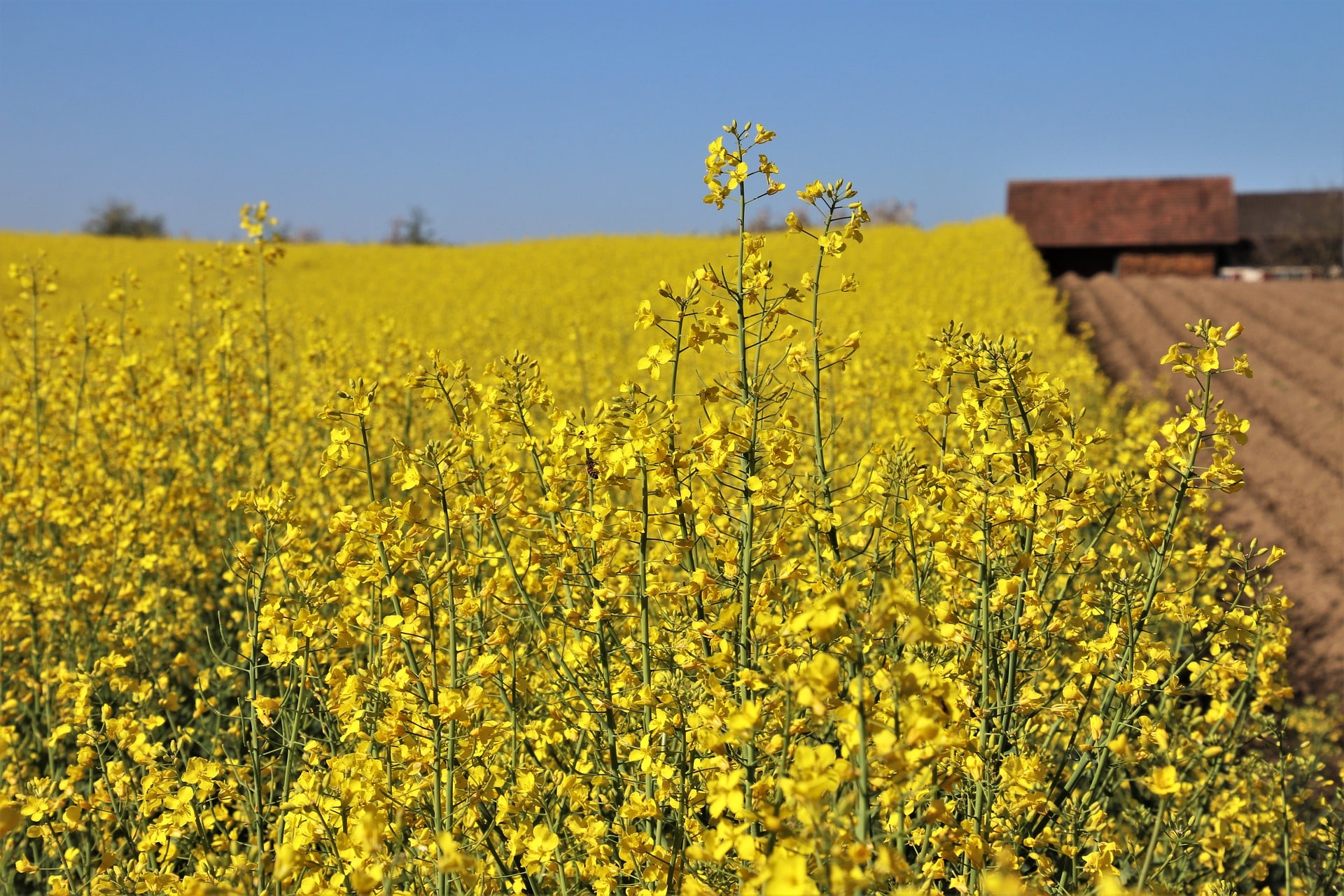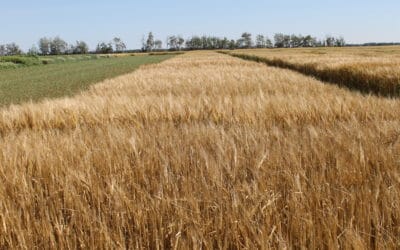Nationally Canadian farmers will plant more canola, but farmers in Alberta are expected to plant less of the oilseed, Statistics Canada’s principal field crop areas report for 2023 said. Canola area will rise 0.9 per cent to 21.6 million acres nationally — roughly in line with the five-year average. In Alberta canola acreage is expected to fall 2.6 per cent to 6.4 million acres compared to 2022.
Overall the report said Canadian farmers expect to plant more wheat, canola, corn for grain, barley and soybeans in 2023, while area seeded to oats, lentils and dry peas is anticipated to decrease compared with the previous year.
“Given the intention of farmers to plant a greater area of wheat, canola, corn for grain and soybeans, there is an expected increase in seeded area for grains and oilseeds, while pulse and special crops are anticipated to decrease,” the report said.
Nationally, farmers anticipate planting 27 million acres of wheat in 2023, up 6.2 per cent from last year. Spring wheat area rises 7.5 per cent to 19.4 million acres, durum wheat area is up 0.9 per cent to 6.1 million acres, and winter wheat area increases 12.7 per cent to 1.5 million acres.
“If realized, national wheat area would be the highest it has been in more than two decades. An anticipated increase in area for wheat is possibly attributable to favourable prices and strong demand,” the report said.
In Alberta, farmers are planning to increase wheat area by 4.2 per cent to eight million acres. This is due to higher spring wheat area, up 5.9 per cent to 6.8 million acres. However, durum wheat acres are expected to fall 5.4 per cent to one million acres.
Nationally barley acreage is expected to edge up 0.6 per cent to 7.1 million acres, with Alberta acres rising 7.3 per cent to 3.8 million acres.
Canadian lentil acres are expected to drop eight per cent four million acres, and in Alberta they’ll fall 10.5 per cent to 492,600 acres. National pea acreage is anticipated to fall 4.6 per cent to 3.2 million acres.
Statistics Canada noted that this year’s report was the first time seeding intentions were collected in December. Traditionally, seeding intentions have been collected in March. The change was part of the ongoing AgZero initiative within the agriculture division at Statistics Canada, which aims to assess the feasibility of using alternative methods to produce quality estimates, the report said.
Related Articles
2022 Canadian Wheat Harvest Third Largest on Record





